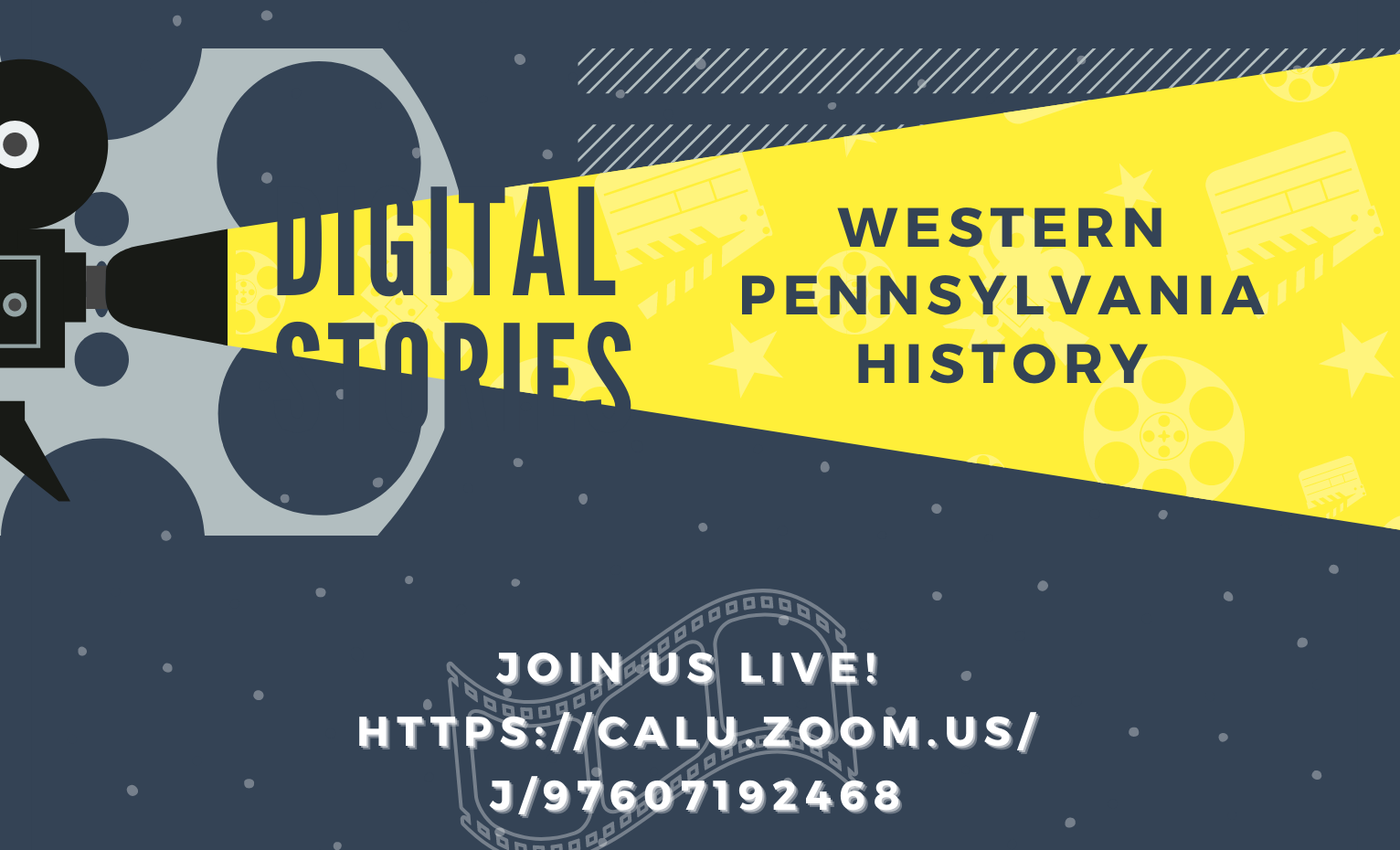The videos will be shown Dec. 1, continuing Cal U's partnership with the Heinz History Center Affiliates Program.

California University of Pennsylvania students are virtually visiting local towns in the tri-state area to tell the little-known historical stories as part of their English course.
The course, Digital Storytelling, is a popular one Cal U. Students in Dr. Christina Fisanick's class usually visit towns and cities to create short, documentary-style digital stories. Local historical societies sometimes feature the mini-documentary pieces after the semester is done.
Fisanick listed several examples, including a video that detailed the 1948 Donora Smog Incident, where 20 people died in less than a week from a thick cloud of smog that lingered over the town. The incident has been called "one of the worst air pollution disasters in the nation's history" by The New York Times.
That video has around 9,800 views on YouTube, and Donora Historical Society uses the piece to tell the story of the incident.
"Most of the videos from Digital Storytelling are still used," Fisanick said.
Because of the COVID-19 pandemic, students have adjusted to using Zoom to visit historically relevant sites in search of the story. Students also present their stories as part of an event in cooperation with the Senator John Heinz History Center Affiliates Program.
HCAP includes more than 125 regional historical societies and organizations dedicated to preserving local history. Affiliate Program members include history, genealogy, and library organizations located primarily within the counties of Western Pennsylvania.
More than 20 students will present stories from the following: Meyersdale Historical Society; Homestead/Munhall Historical Society; Duncan & Miller Glass Museum; Lincoln Highway Experience Museum; Quecreek Mine Rescue Site Foundation; Brownsville Area Revitalization Corp. and Nemacolin Castle; Johnstown Area Heritage Association; Meyersdale Public Library.
"One of our goals is to get students to work independently and to not just meet the goals but exceed them," Fisanick said. "I've been teaching at Cal U for 11 years, and every year I set the bar, and they pole vault over it. The students, on their own, create their stories in such innovative ways."
Robert Stakeley, director of the History Center Affiliates Program, said Cal U's students regularly become invested in the projects, leading to "amazing pieces on local history." "Getting the students involved early in the storytelling process is key," he said. "Our goal is to create a program that doesn't need to be sold. The students would be invested from the very beginning."
The partnership with Cal U, now in its 13th semester, helps create skills that the participating students can take with them after graduation, Stakeley said.
"It won't matter what profession they choose. (Students are) going to have to rely on history. If you're a lawyer, all the cases you preside over are based on cases argued previously. We all have that common denominator in history."
